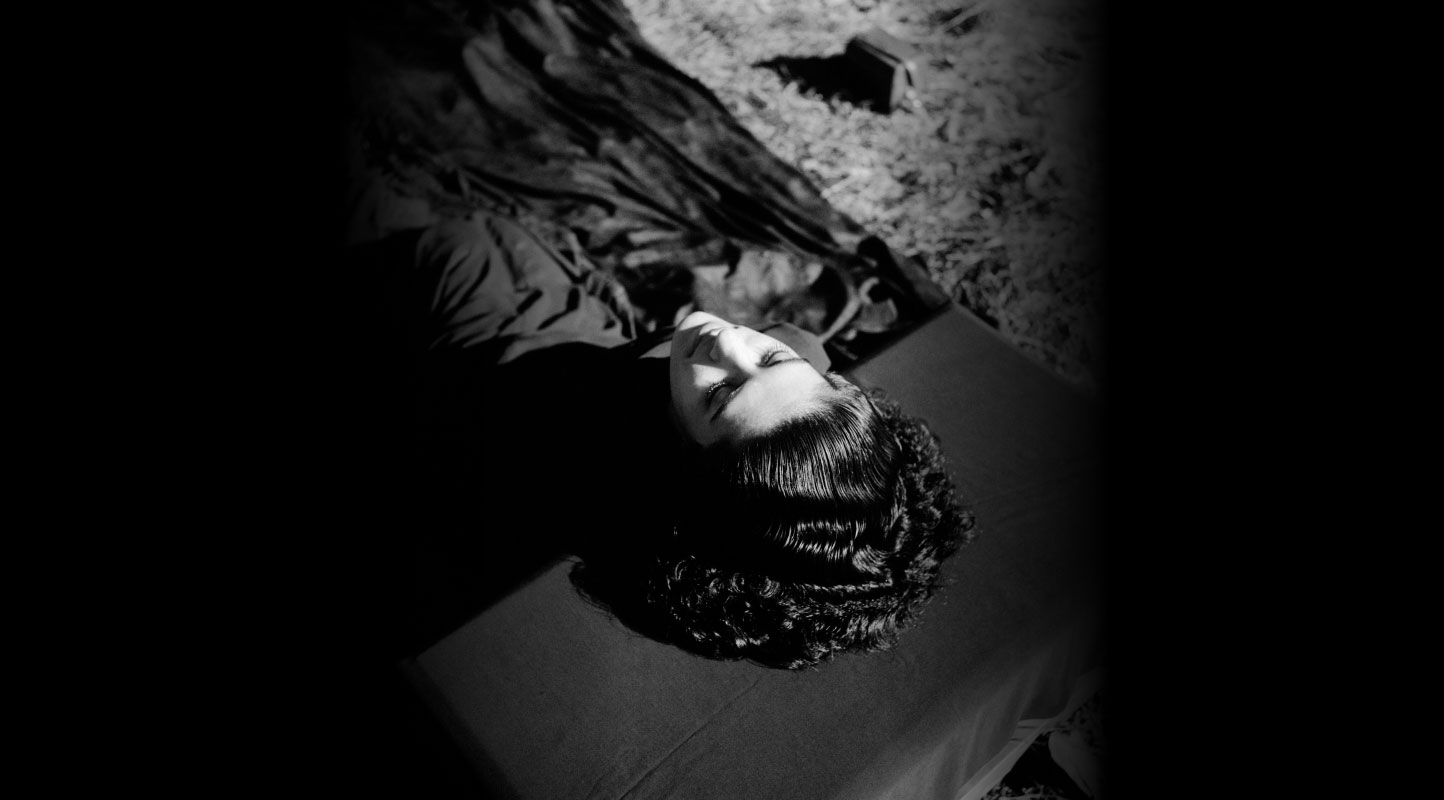On the Emotional Logic in Humans in the Loop: In Conversation with Aranya Sahay
In the second part of this continuing conversation with Aranya Sahay, the writer and director of Humans in the Loop (2024) talks about the process behind writing the film's central characters and his decision to focus on interpersonal relationships. Sahay shares how his interactions with Adivasi communities, including storytellers and musicians, informed the film-making process, and discusses the audience he has in mind while working on a film project.
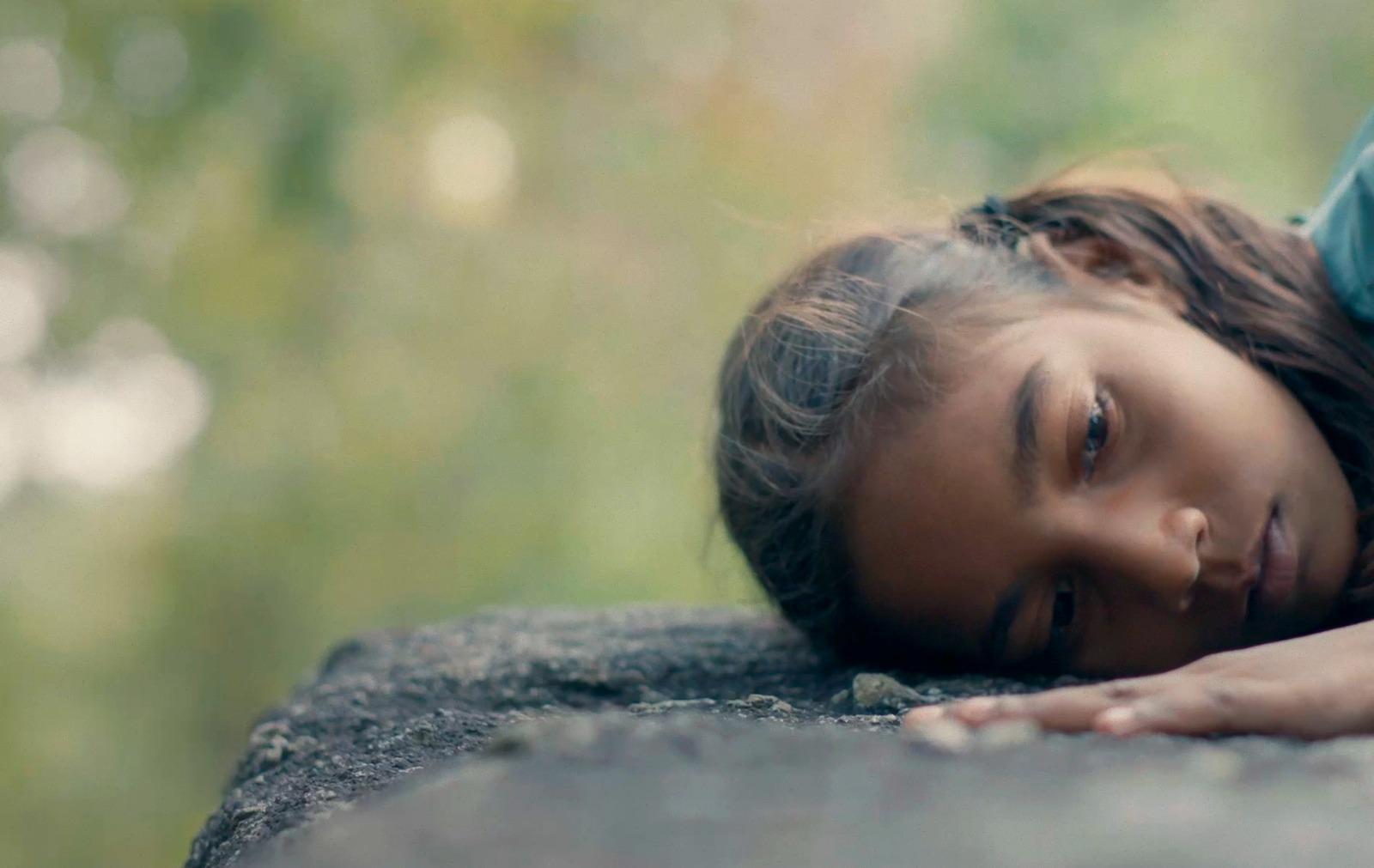
Young Nehma tries to hear the sound of life in the rocks.
Koyna Tomar (KT): Your interactions with people in Jharkhand, where the film is shot, really informed the thematic undercurrents of the film. Did they also shape how you wrote the characters and the emotional arc of the film?
Aranya Sahay (AS): Absolutely. For instance, when I was staying in Hazaribagh, Philomina ji, the wife of art conservationist Bulu Imam, would tell me really interesting stories about the forest, the animals and the cultural traditions in the region. By the time I met her, I had thought of writing Dhaanu’s character. I was beginning to ask myself that if there is a person who is deeply connected to nature and deeply connected to themselves, what can happen to them that they go away from themselves? The city happens to them. And the city is such a ferocious place. The sounds and all sensory experiences are so different that they will kill any sensitivity in you. This led me to wonder if someone like Nehma marries a non-Adivasi man, and they have a daughter, how would she react to the world—as someone who is born away from the forest, away from the village, and who does not adhere to Adivasi ideas or philosophy. If Dhaanu is zabardasti (forcefully) taken back, how will she respond? When I asked Philomina ji if a twelve-year-old could adapt, she was not sure. She said by the time a child is twelve, they are already accustomed to the ways of the jungle. They come to know sounds, seeds, rhythms and roots, as well as where they will find everything. The forest becomes a home. So, a twelve-year-old, she said, if brought back, will not be able to adapt and will find it really difficult. But she also asked me to talk to other people. I then had to really think about how to piece together Dhaanu’s story and find a way that helps her connect to this dormant part of herself. That is where other characters, like Malti and the porcupine came into play.
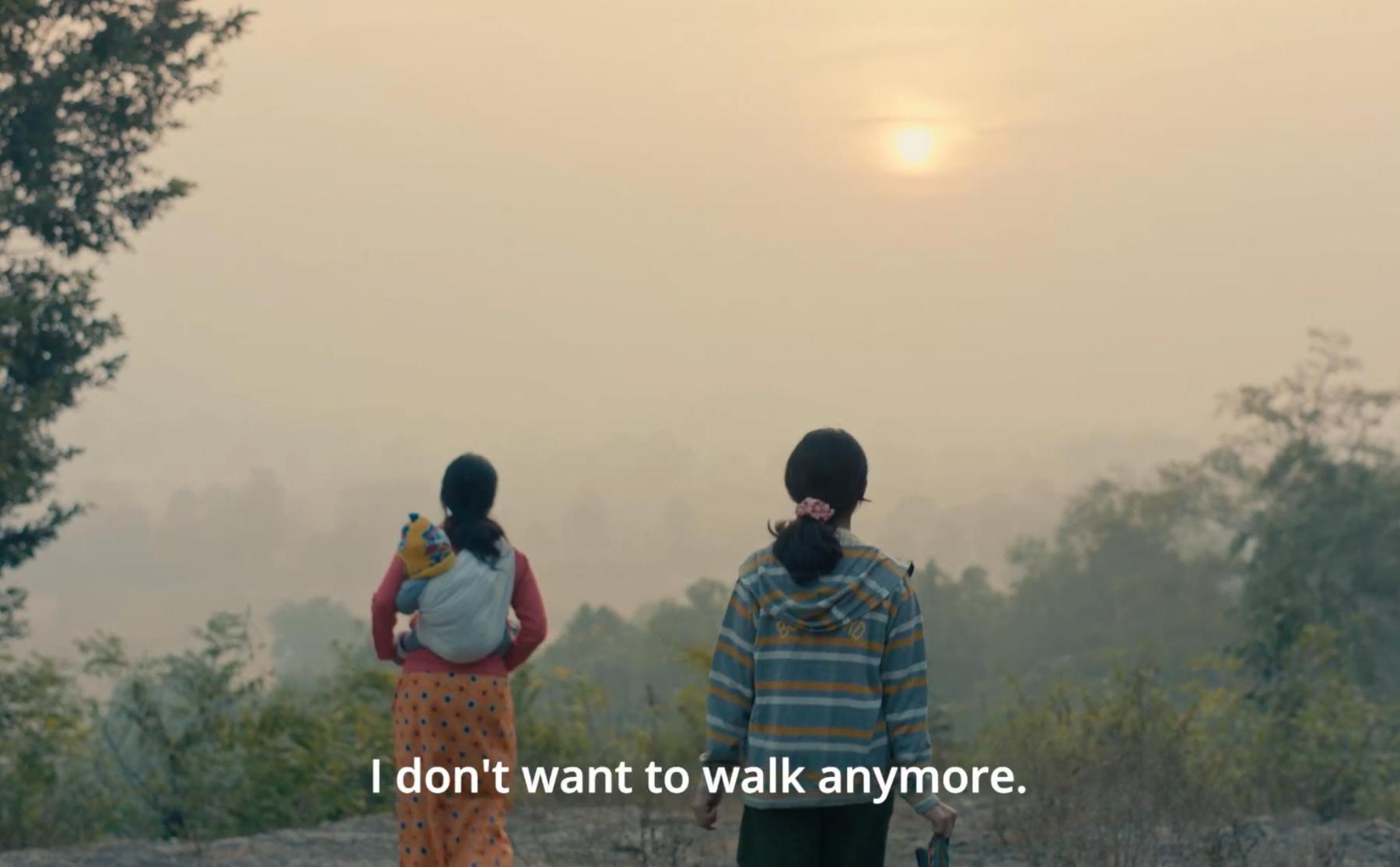
Nehma takes Dhaanu, who is unwilling and hesitant, to forage in the forest early in the morning.
KT: The relationship between Nehma and Dhaanu, the mother and the daughter, seems to come from a deeply personal place. Are there elements of your life that have shaped how you approached relations between the characters?
AS: Emir Kusturica, the Serbian filmmaker who has made this fantastic film called Time of the Gypsies (1988), says if you are approaching a community that you do not belong to, you have to apply your emotional logic to make the story your own in some ways. He acknowledges that there is always a danger of misrepresentation but says the larger string of emotions is going to be the same; it is going to form a bridge. Some part of my inquiry of Dhaanu being brought back somewhere against her will does come from my own experience. My parents are divorced, and there was a lot of push and pull in my family. In that sense, I used my own emotional logic to write about Dhaanu's experience.
KT: The film really emphasises the importance of childhood friendships in sustaining relationships with self, family and one’s larger community. I am really curious to know your thoughts about friendships and if you see them as central to personal and collective transformation.
AS: As children, we tend to resist the impositions of family. For a character like Dhaanu, who has been forcefully brought away from the city, it seemed fitting that someone her own age would ease her into the place, to the forest and even to stories about her own mother. That is where the friendship between Malti and Dhaanu becomes central. When someone your own age tells you something, things seep in more easily.
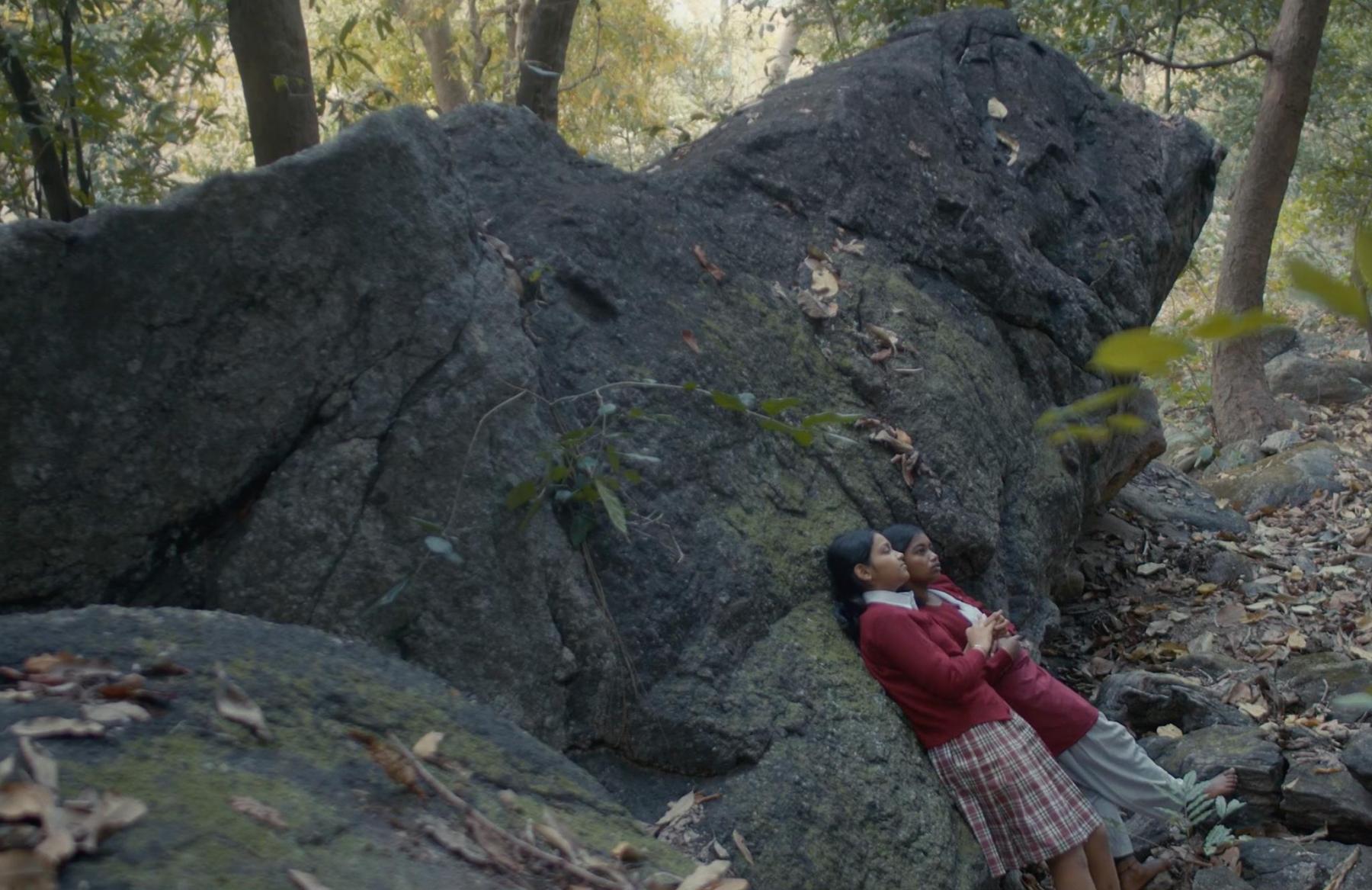
Malti introduces Dhaanu to ancestral tales about the forest.
KT: I have to ask about the porcupine. Because when I imagine the forest, I think of animals like elephants, tigers, cattle and even birds. Why did you decide on a porcupine (Sahee) as a major actor or motif? Is there a story there too?
AS: That just came. As I said, I was trying to work out what would happen if Dhaanu decided to run away and go back to the city. If she gets lost and does not know the ways of the forest yet, what will lead her back? At first, I imagined some quills and then Dhaanu being led out by something. And then a porcupine just emerged. I have a feeling when there is a creative unison—this is, of course, not scientific, but I do think there is a larger consciousness in things around us. And sometimes when you tap into a place, ideas just come. The Adivasi art forms, Sohrai and Khovar, which are descendants from the traditions of cave paintings, have some depictions of porcupines. But I have not seen them in cave paintings as such. I was also listening to Porcupine Tree at the time, so it could be that too [laughs].
Now, porcupines are very shy animals. The image of a porcupine’s quills standing up when something approaches them is very symbolic. They also keep to themselves; forget human beings, they do not even come near other animals. If a human being develops a relationship with a porcupine, the depth of their connection to nature could be seen as far deeper, deeper than even others in the community. When I went into that inquiry the central arc started to fall in place: there is Nehma who was deeply connected to nature, so much that she was able to connect with a porcupine. She gets married, and all this life has happened to her. Now, how will she feel whole again and complete again? It seemed fitting that she would feel whole when she sees her daughter with a porcupine. Because she has forgotten that part of life.
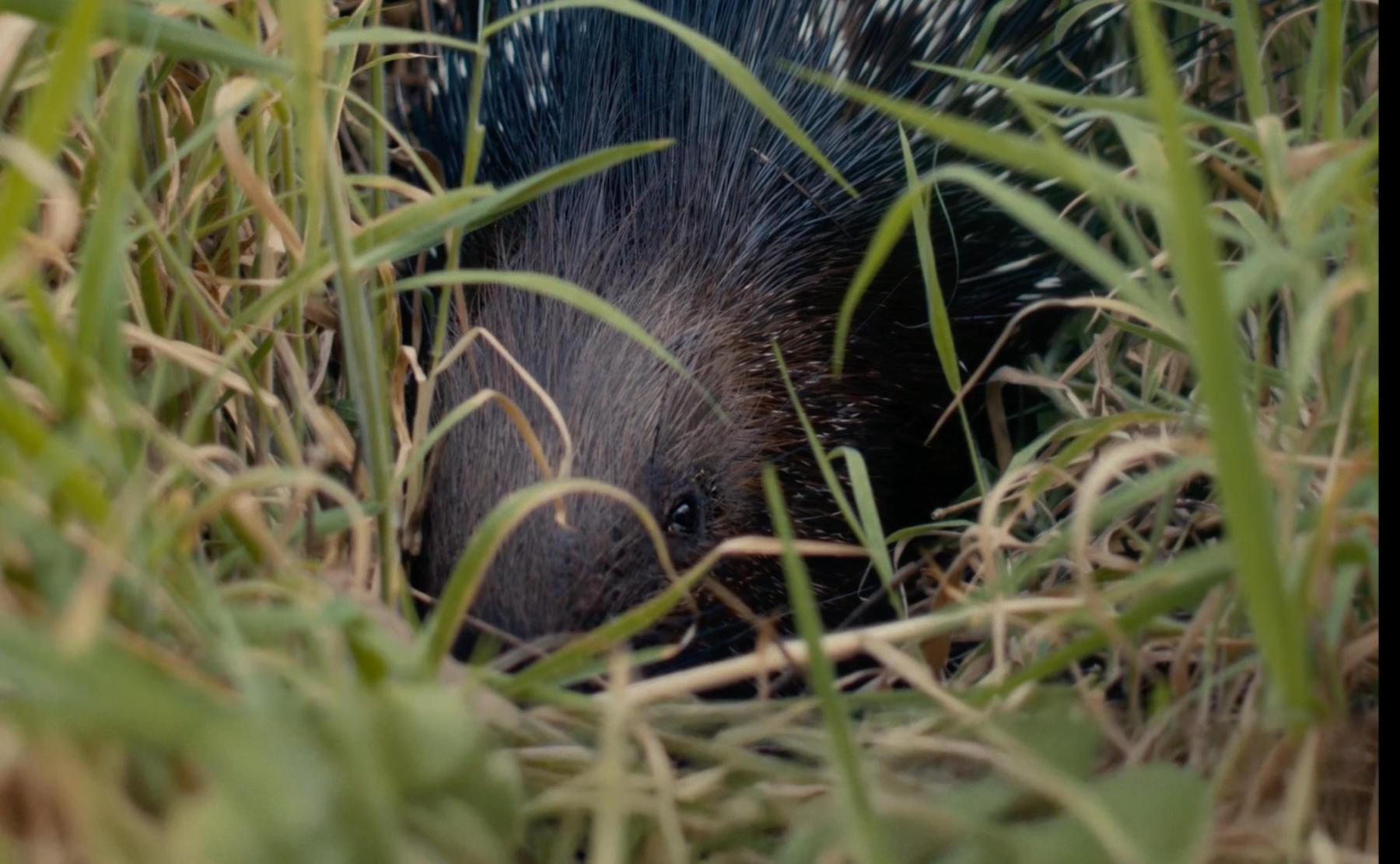
Nehma’s memory of befriending a porcupine as a child.
KT: Jharkhand conjures up images of resource extraction and histories of conflict over land, water and forests. Your focus was slightly different. Was it a deliberate choice to ground the storytelling in the politics of the interpersonal world?
AS: There is a reason for that. If you look at the most prevalent images that circulate about Jharkhand, it is usually mining or the Naxalite movement that comes to mind. I wanted to consciously stay away from that. These are stories for a different film. Because while these are significant themes, Jharkhand—and Adivasi life—is richer than just these stories. In this one I wanted to stay with the politics of identity and representation. I wanted to explore the Adivasi knowledge systems that have existed for generations, knowledge systems that signify human relationships to nature. In mainstream films, Adivasis are rarely subjects or leads. Things happen to them, and this is a huge problem. It is an easier gaze to portray for writers and directors, who are mostly outsiders and usually upper caste. If you want to flip the gaze and tell stories from a different perspective, you have to engage. You have to stay in the region and work things out every day. There is a lot of beauty in Jharkhand. I do not simply mean natural beauty. If you read Adivasi poetry and literature, you will see intricate and incredibly rich ways of telling a poem or a story. Even local idioms carry a lot of weight, and they really informed my visual storytelling.
As for resistance, I think it emerges in one form or another. Within the Adivasi ethos, there is a strong desire to stand against injustice. It has been there since Birsa Munda’s time, and even before Birsa Munda’s time. I was asked recently, at a screening at FTII, that if there is such a deeply hierarchical relationship at the data labelling centres, why doesn’t Nehma do something concrete? Why doesn’t she burn down the AI data centre? Now, I think all of us fight small political battles every day. The current socio-political environment necessitates these fights. Nehma does the same in that last scene at the data centre. Does it make it any less of a political act? In the larger scheme of things, are these everyday struggles not effective? Does it not change the world in the smallest yet equally significant ways?
That said, I am also ideating another film, a sort of sequel to Humans in the Loop that will touch on policing and AI. It is turning out to be a much grimmer story and is quite political, even overtly political.
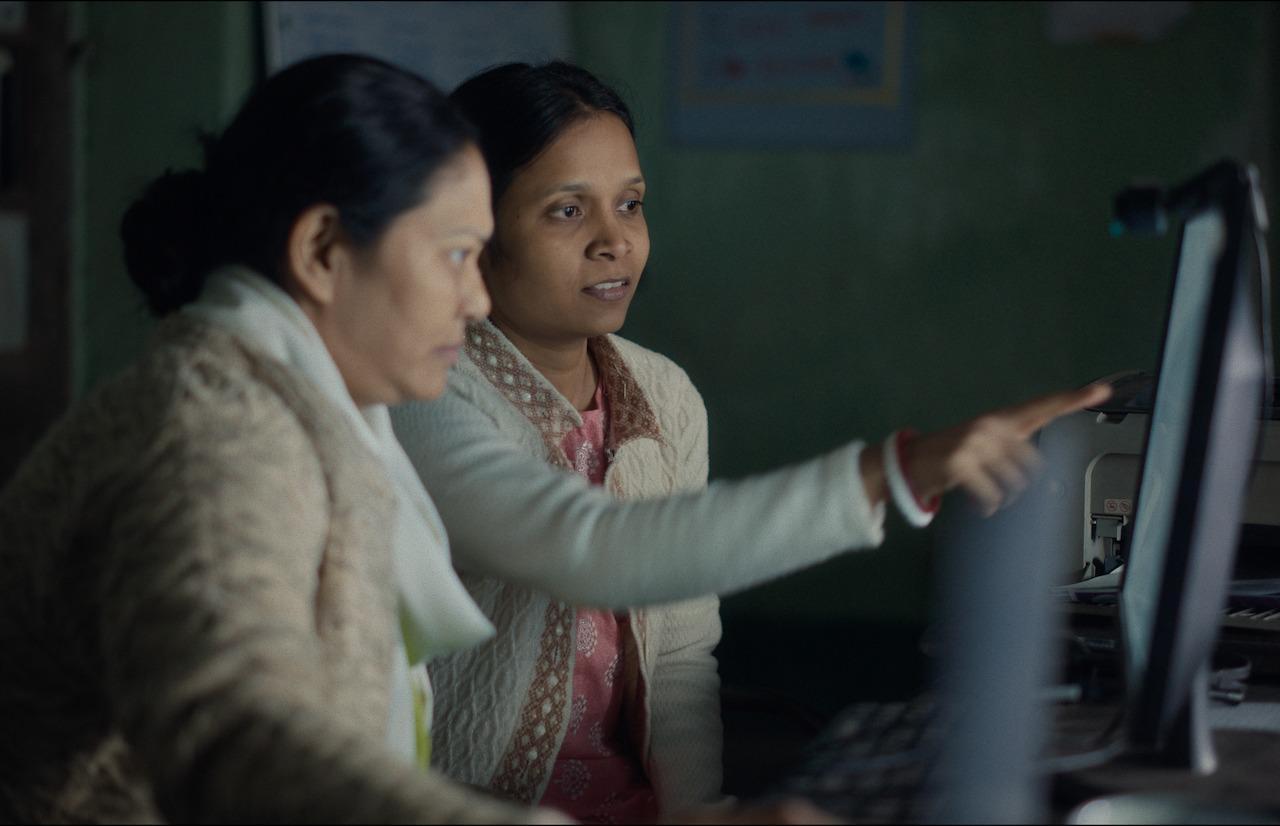
Nehma shares her experiment to retrain the AI algorithm to recognise Adivasi women.
KT: We hear that independent movies are very often made with a particular audience in mind. What was your imagined audience for Humans in the Loop?
AS: Gandhi has this throwaway thing that policymakers often repeat: you should think about the last man in a line when you make a policy decision. I believe it is the same for filmmaking. I want to make films that resonate with the last man, so to speak. People somehow do not realise that cinema is a deeply sociological medium. Right now, Stree 2 is doing well, so some people might say that the movie is working with the Indian audience because it is a horror comedy, and the genre itself is in vogue. But then, you know, in almost every village there is a haunted place; you will always find a ghost story somewhere. If you tell a story that connects in this way, it is naturally going to work. Why is a movie like Pushpa doing well? It is a story of a truck driver who becomes a smuggler. India is still very much a feudal country, and if you tell stories that show how people navigate the hard facts of Indian society, it is going to work. We are screening Humans in the Loop next in Delhi, and then ending with screenings in Jharkhand, the last one being at the Sarugarhi village in Johna where the film is shot. I am not sure how the film will do there, so we will see if it works. But I do have the broadest audience in mind while making anything.
In case you missed the first part of this interview, read it here.
To learn more about films that explore marginalised lives in Jharkhand, watch Najrin Islam’s conversation with Shishir Kumar Jha on his film Dharti Latar Re Horo (2022) and Ankan Kazi’s essay on Prantik Basu’s Bela (2021).
All images are stills from Humans in the Loop (2024) by Aranya Sahay. Images courtesy of the director.



